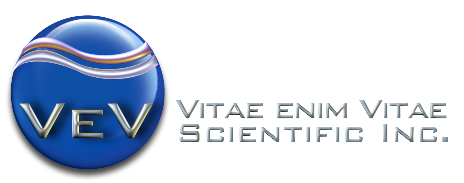The issue of elemental impurities is something that has been in negotiation between the big 3 pharmacopoeia and regulatory agencies for years. USP <232> describes the allowed amount of specific heavy metals in final pharmaceutical products. This does not affect pharmaceutical water at a first glance, but: in many products water can be the major (near 100%) ingredient. This is the case especially for large volume parenterals (LVPs) with an intake of up to a few liters per day. For those LVPs the question arose, if the pharmaceutical water used and being the almost 100% ingredient, complies to the requirements of USP <232>.
The traditional heavy metal test [with a limit of 0.1 ppm equivalent of Pb (lead)] in the pharmaceutical water monographs test was omitted years ago and replaced by the conductivity measurement.
The answer to the question asked above is: No, the conductivity test, on its own, does not rule out the possibility to fail the test on heavy metals as described in USP <232>. In other words, it is possible for pharmaceutical water to pass the conductivity test but to fail in the test on elemental impurities, depending on the type of water and the element.
For that reason Anthony Bevilacqua and Tery C Soli, Members of the USP Chemical Analysis Expert Committee, did investigate this issue. In a stimuli article they published their conclusion: (1) if the raw water meets the USEPA drinking water requirements and (2) reasonable water purification methods are used and (3) the purification process does not add heavy metals itself, testing of conductivity does cover the requirements for elemental impurities as written in USP <232>. Demonstrating fulfillment of these points demonstrates compliance with USP <232>. Item number 2, demonstrating that the feed water complies to drinking water quality, could be an issue in some countries or regions where testing is not done regularly or the drinking water is not well controlled.
You can find the full stimuli article here: http://www.usppf.com/pf/pub/data/v391/GEN_STIMULI_391_s200702.html
